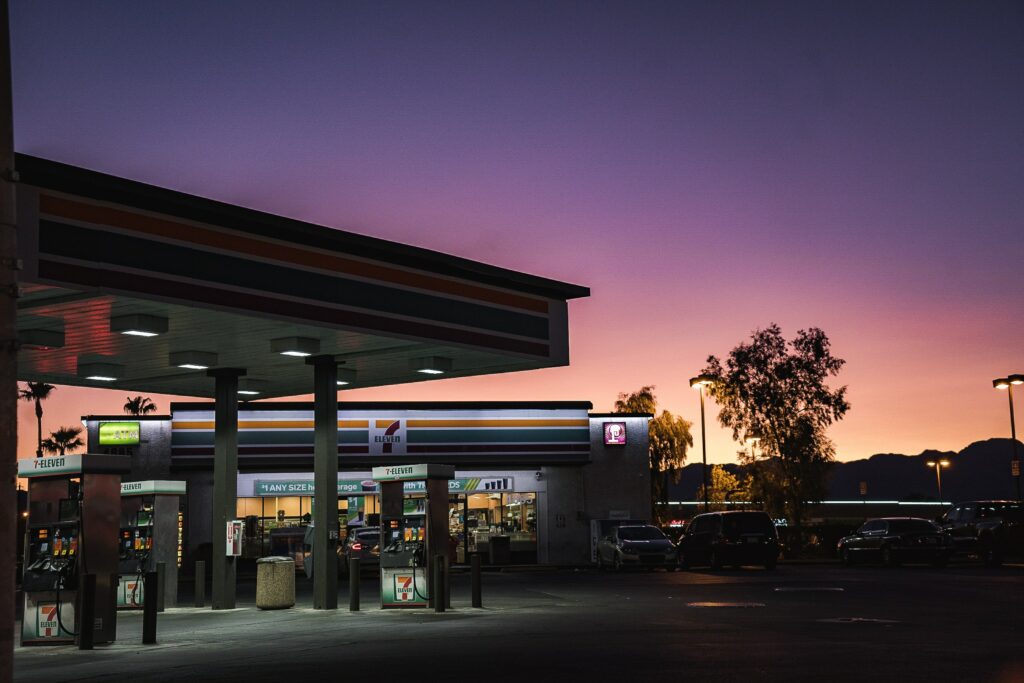The 2020 COVID pandemic has affected us all, but the convenience store market has arguably seen a unique set of issues. Where many retailers and outlets have to figure out the best way to reopen, convenience stores find themselves in the sticky Venn diagram center of “necessary fuel stop” and “high traffic risk spot.” Convenience stores have been experiencing higher in-store traffic and lower fuel sales as they adapt to the rapidly changing era of COVID-conscious sanitization and distancing.

Falling fuel sales
The fact is people aren’t going as many places—and with continued working and studying at home, even normal day-to-day driving is still down. Despite the economy reopening, almost 75% of retailers report that fuel sales declined in 2020’s third quarter compared to 2019’s, and the holiday season does not look to be shaking this trend. Three out of five retailers expect sales to be down through the end of the year while one in five expect a further decrease.
The solution to these waning sales doesn’t appear on the near horizon. Until commutes get back to normal, convenience stores will have to balance providing fuel at a sustainable price with better in-store service and sales.
Rising foot traffic
Nearly 60% of owners report higher in-store sales January through September 2020 compared to 2019, which may seem strange until you consider the kind of niche a convenience store fills. As a necessary outlet for fuel, it can be an easy stop for locals stuck at home. Many convenience stores operate 24/7 with basic amenities like milk and bread.
This sensitive spot between necessary and high-traffic lends itself as a potential risk in the pandemic landscape, which has forced many convenience stores to ramp up safety precautions. But the easy-to-grab convenience of these stores has allowed them to rely on these sales to keep them afloat amidst decreased fuel sales.
Innovations
Like every other business, convenience stores have had to work around the new lockdown and distancing measurements to increase customer satisfaction and safety while maintaining sales. Methods like curbside pickups and contactless payment provide people the same convenience store service while reducing risk.
Delivery stands as another new facet of convenience store offerings that may seem strange at first glance. Tenants can look to QSRs as inspiration and guidance for their own direction to provide speed and simplicity while also maintaining proper sanitization.
Lessons and opportunity
All of these considerations indicate that the convenience store format isn’t going away anytime soon—even with the pressures of a global pandemic.
As we’ve seen time and time again during 2020, luxury goods are in low demand and convenience is in high demand. This means convenience store tenants that are driving their innovation to meet these challenges continue to be strong options.
However, caution is warranted as some convenience stores may find business hard to keep up if they can’t balance the loss of fuel sales with higher (and safer) foot traffic, which could mean potential vacancies as businesses struggle with the pressure.
Landlords with an eye for the future can work toward finding tenants that focus on safety, push the envelope of innovation, and keep their businesses successful through the next several months of the pandemic. For the inside look on retail space and news, be sure to follow our blog and schedule your free Retailsphere demo today to help your search for the right tenant.